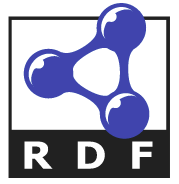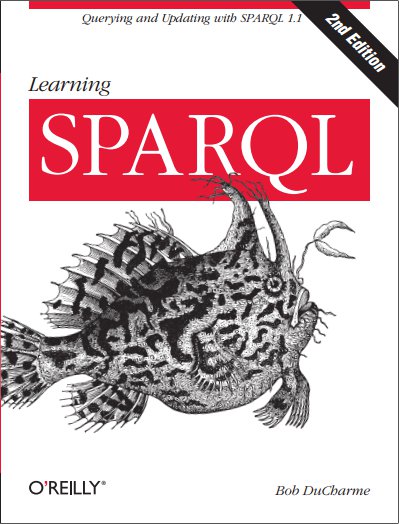A brief introduction to RDF, related standards, and what they can do for you
Brief overviews of the relevant standards.

The following blog entries give a brief introduction to the RDF data model, the most important of the other W3C standards that build on it, and what people do with those standards:
- What is RDF? What can this simple standard do for you? This introduces triples, RDF syntaxes, SPARQL, triplestores, data integration, Linked (Open) Data, and Knowledge Graphs.
- What is RDFS? And how much can a simple schema do for you? This shows how to define and modify a simple schema and introduces schema.org as a successful example of one.
- What else can I do with RDFS? Schemas can be a little fancier and even more useful with no need for OWL. This covers subclasses, subproperties, and the value of RDFS for driving user interfaces and in data integration—especially the use of partial schemas and inferencing.
- Taxonomy management with SKOS Republishing an IBM developer works article. A job search with SKOS as a keyword has shown that this RDF vocabulary for taxonomy and thesaurus management (that is, a vocabulary for managing vocabularies) has been one of RDF’s biggest success stories.
- You probably don’t need OWL And if you do there’s a simple way to prove it. OK, an odd way to introduce OWL. OWL can be great, but for a lot of the use cases, alternatives like RDFS, SKOS, and SHACL may be better, and this blog entry describes the value of each of these for use cases where “OWL” might be the first thing someone thinks of. (Note that the next entry after this one was about building and demonstrating my own OWL command line processor.)
For a brief introduction to the SPARQL query language, the complete first chapter of my book Learning SPARQL is available online on the website of the publisher, O’Reilly.


Share this post